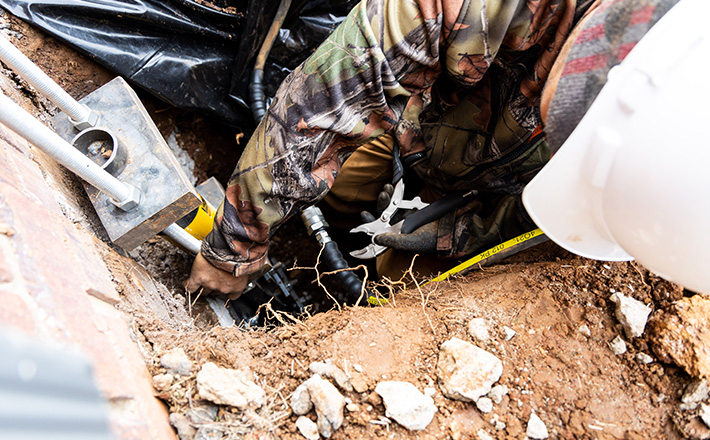Foundation Settling in Bowling Green, KY
"*" indicates required fields
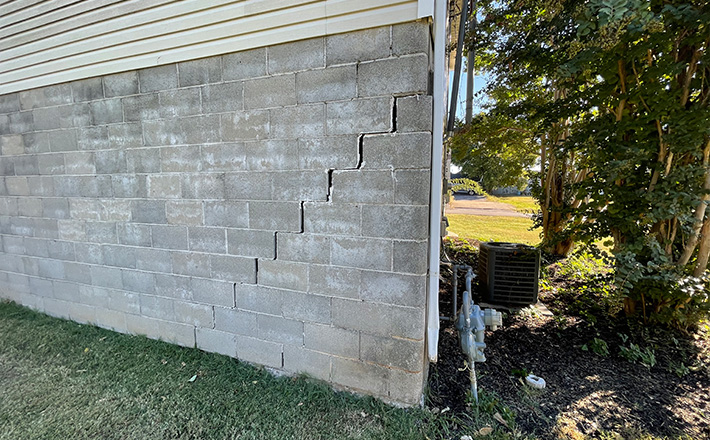
Foundation Settling: Understanding, Identifying, and Resolving the Issue
It’s natural for homes to settle over time, but if you notice it happening, it can lead to significant issues. For those living in the South Central Kentucky and Middle Tennessee areas, it is important to learn how to identify early signs of foundation settling and understand the necessary repair processes.
What is Foundation Settling?
Foundation settling, also known as subsidence, occurs when the ground beneath a building sinks lower, resulting in the building’s foundation sinking or settling into the earth. This can have various causes, including natural soil erosion, the property’s proximity to trees, and even the building’s original construction differing from industry best practices.
There are two main types of foundation settling to be aware of – differential settling and uniform settling – and it’s crucial to understand the distinction and their implications.
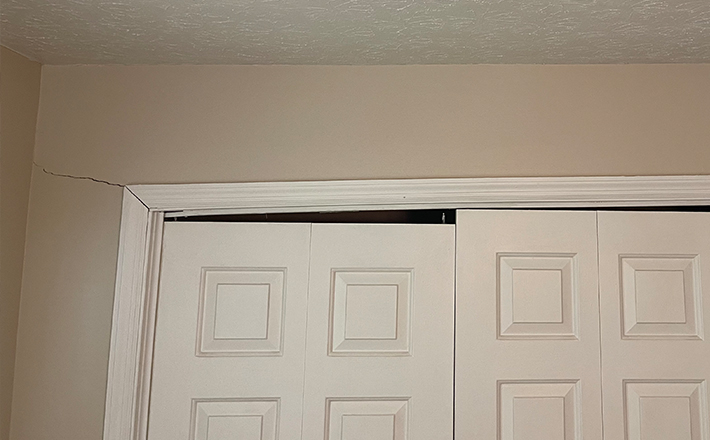
Differential Settling
When different parts of a foundation settle at different rates or amounts, this is known as differential settling. It results in uneven wear of the structure, which can lead to visible damage, such as diagonal cracks in the walls or misaligned doors.
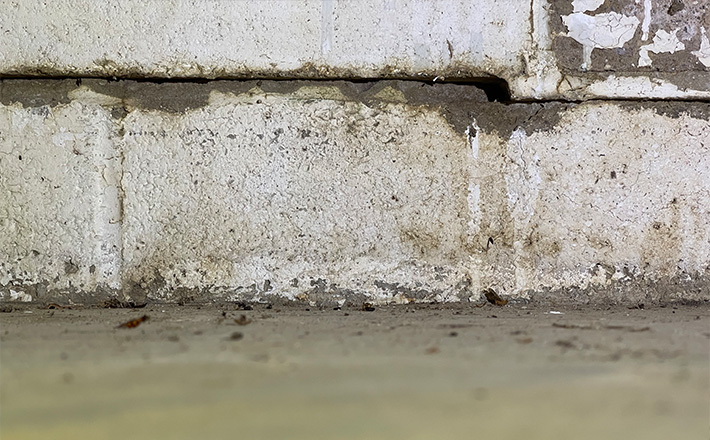
Uniform Settling
Uniform settling, as the name suggests, occurs when the entire foundation sinks or settles evenly. While not as common, it can still result in significant structural changes, typically manifesting as general damage or a fanning of cracks that form an almost uniform pattern.
Why Customers Love Foundation Solutions Group
Fix-It-Forever Guarantee
We stand behind our work with a lifetime warranty on our repairs.
Community-Driven
We're a proud Bowling Green business comitted to serving our neighbors - not a national chain.
Proven Solutions
Our time-tested methods ensure your home's foundation stays safe and secure for years to come.
Expertise
With over 20 years of experience, we know how to do the job right the first time - no cutting corners.
Customer Education
We believe in empowering homeowners by educating them on how to protect their property.
Recognizing the Signs of Foundation Settling
The signs of foundation settling can be subtle at first but become more noticeable over time. It’s important for homeowners to be vigilant and knowledgeable enough to recognize these indicators early, allowing for preventive action.
One of the most common and easily observable signs of foundation settling is when floors become uneven. This manifests as a noticeable slope or a dip in the flooring and can lead to further issues, such as cracks in the tile or gaps between the floor and the wall.
Doors and windows that suddenly begin to stick or do not shut properly could be affected by the shifting of the foundation. This is a significant sign of structural changes within the home and should not be ignored.
Changes in the roofline, such as a visible sag or the formation of dips, are severe signs of foundation issues. They require immediate attention as they can lead to water leakage, further structural damage, or in the worst case, roof collapse.
Financing that Fits your Budget and Fixes your Foundation Now
No one wants to have to fix their foundation, but when it’s necessary, our financing solutions can help you get the work done when you need it most.
Hear from Our Happy Customers

"These days, it is a rare experience to feel like you are dealing with professional, honest contractors. Everyone we encountered at this company was a pleasure to work with. At no point did we feel he was trying to ‘up-sell’ our job, and he took his time explaining everything to us. It was a great experience from start to finish."
- Emily C
The Impact of Foundation Settling on Homes
The consequences of leaving foundation settling issues unaddressed can be severe. In addition to aesthetic concerns, the structural integrity and safety of the home can be compromised, and the property value can significantly decrease.
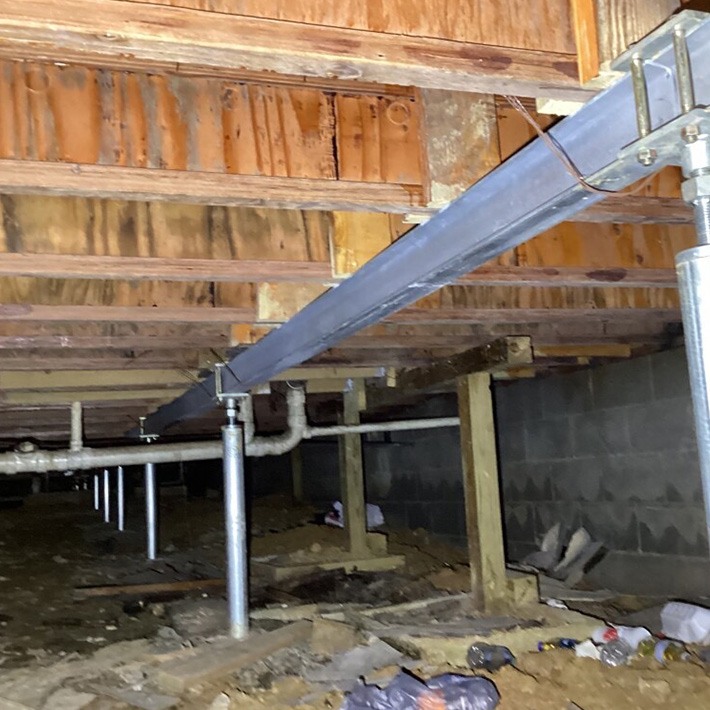
Structural Damage
Much of your home’s structural integrity depends on a solid, level foundation. When settling occurs, it can affect the support system of your home, leading to an array of structural emergencies if not resolved promptly.
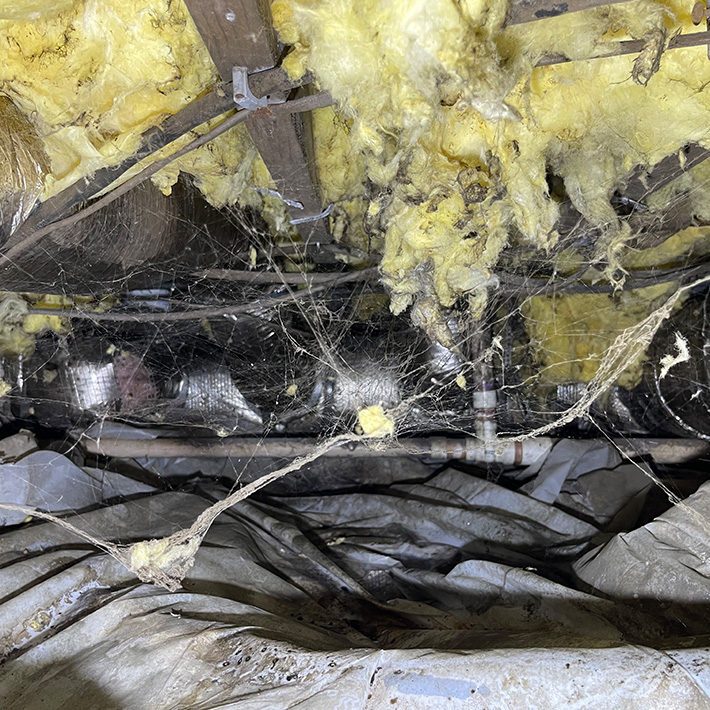
Decreased Property Value
A home with evident foundation problems is likely to be devalued on the market. Even if you’re not planning to sell your home, keeping your property’s value intact is essential.
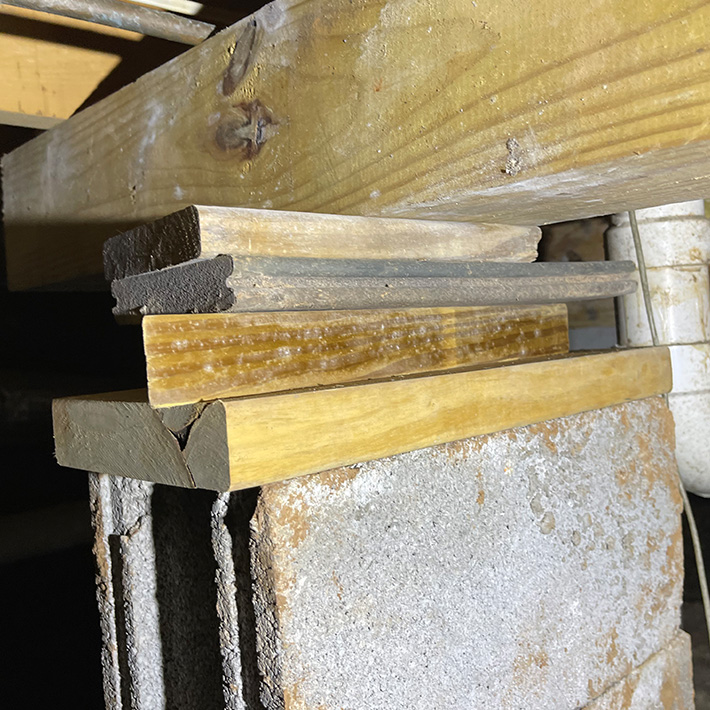
Safety Hazards
The safety of your family and the home’s occupants is paramount. Foundation settling can cause hazards such as trip and fall risks, as well as potential damage from falling fixtures or debris.
Foundation Solutions Group's Service Area
KENTUCKY: Rochester, Rockfield, Russellville, Sharon Grove, Smiths Grove, Woodburn, Woodbury, Glasgow, Mammoth Cave, Cave City, Leitchfield, Scottsville, Franklin, Elizabethtown, Owensboro, Morgantown, Munfordville, Oakland
TENNESSEE: Hendersonville, Gallatin, Portland, White House, La Vergne, Westmoreland, Franklin, Springfield, College Grove
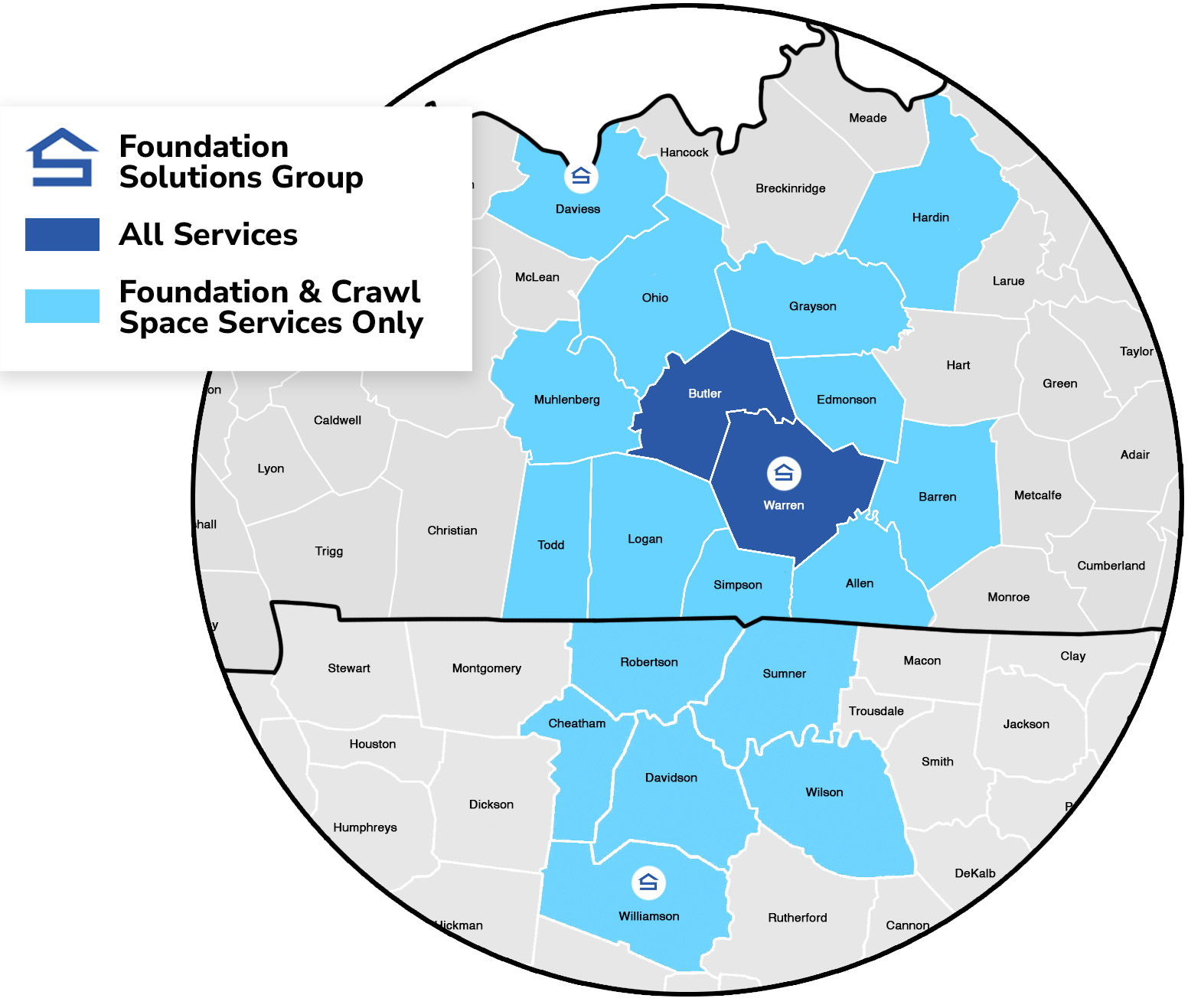
Contact Us Today for a Free Foundation Inspection
The timing of foundation repair is crucial. Taking action as soon as settling is detected can save you from extensive damage and increased repair costs in the future. Foundation Solutions Group offers free inspections, ensuring that homeowners in the Bowling Green area have easy access to professional advice and timely preventative measures.
Prompt repairs will not only protect your home from further damage but also ensure the safety of your family. Reach out to Foundation Solutions Group today to schedule your free foundation inspection. Don’t wait until small problems become major headaches; your home’s well-being is worth the proactive attention.
Our Proven Foundation Settling Solutions
A variety of solutions are available from Foundation Solutions Group, designed to meet specific challenges identified in a customer’s home. These solutions include:
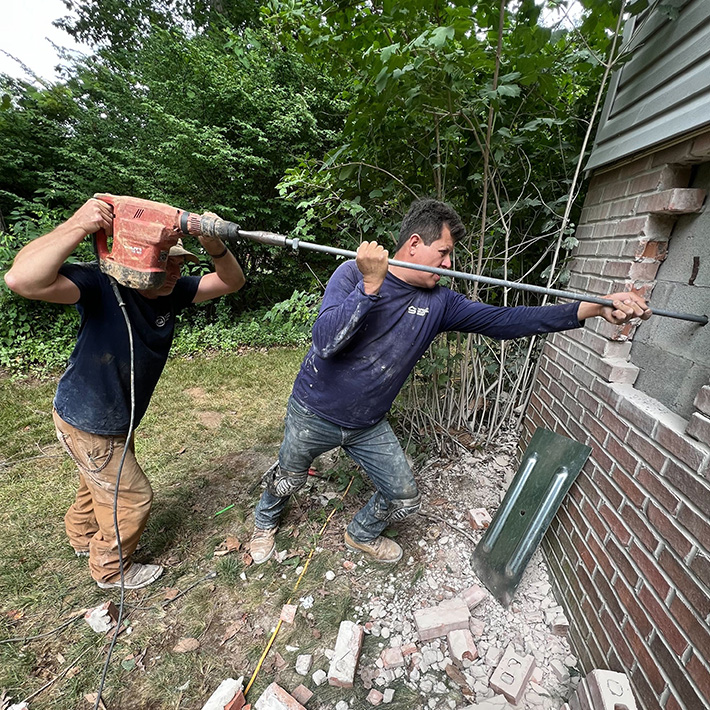
Wall Anchors
For bowing or leaning walls, wall anchors can be installed to stabilize the wall and potentially return it to its original position over time.
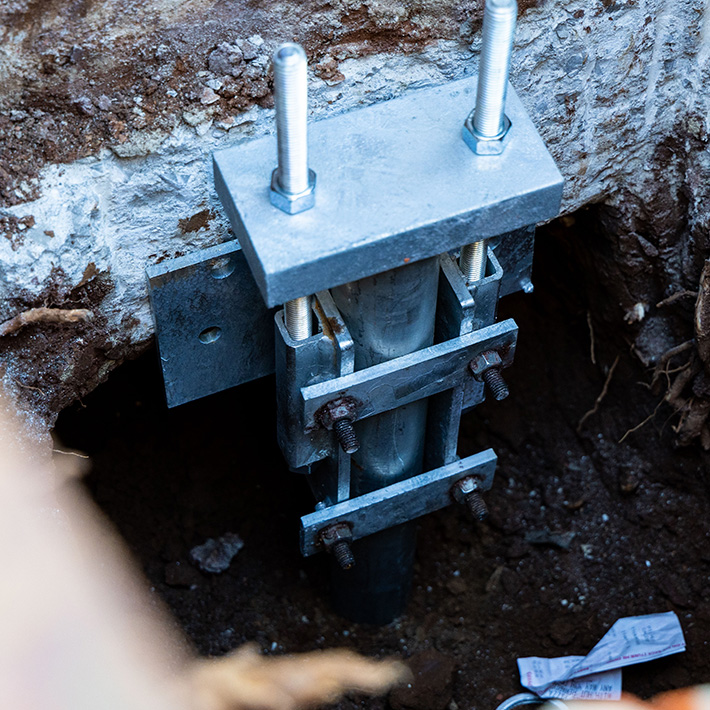
Push Piers and Slab Piers
Push piers and slab piers are inserted beneath the foundation to transfer the building’s weight to load-bearing soil. This helps to lift and stabilize the foundation to prevent further settling.
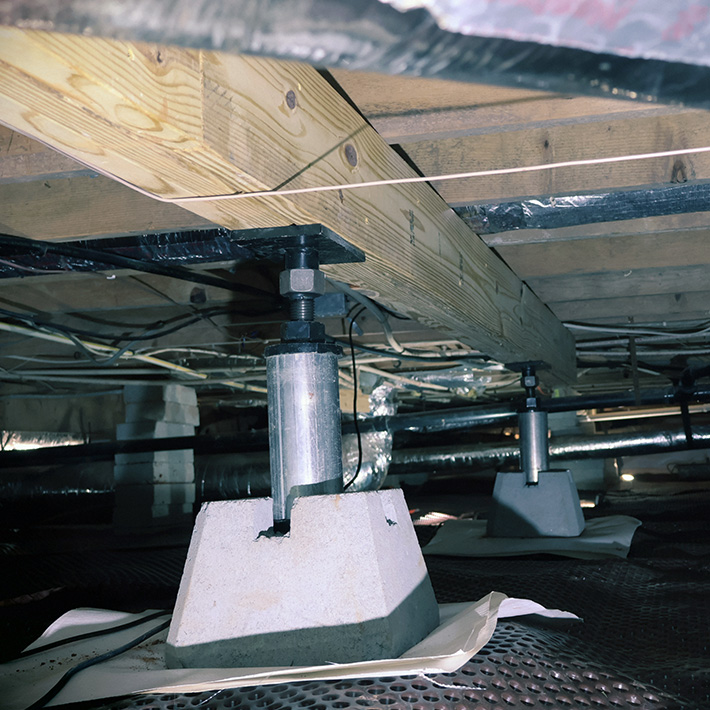
Crawlspace Stabilization
For homes with a crawlspace, a system of stabilizers can be installed to reinforce the floor and foundation.
Each of these methods is engineered to provide a durable, long-term solution for your home’s settling issues.
Understanding the Repair Process
When foundation issues are identified, it’s critical to understand the process through which professionals like Foundation Solutions Group can rectify the problem. With a variety of repair methods available, the most suitable approach will be chosen depending on the extent of damage and the specifics of the home’s foundation.
